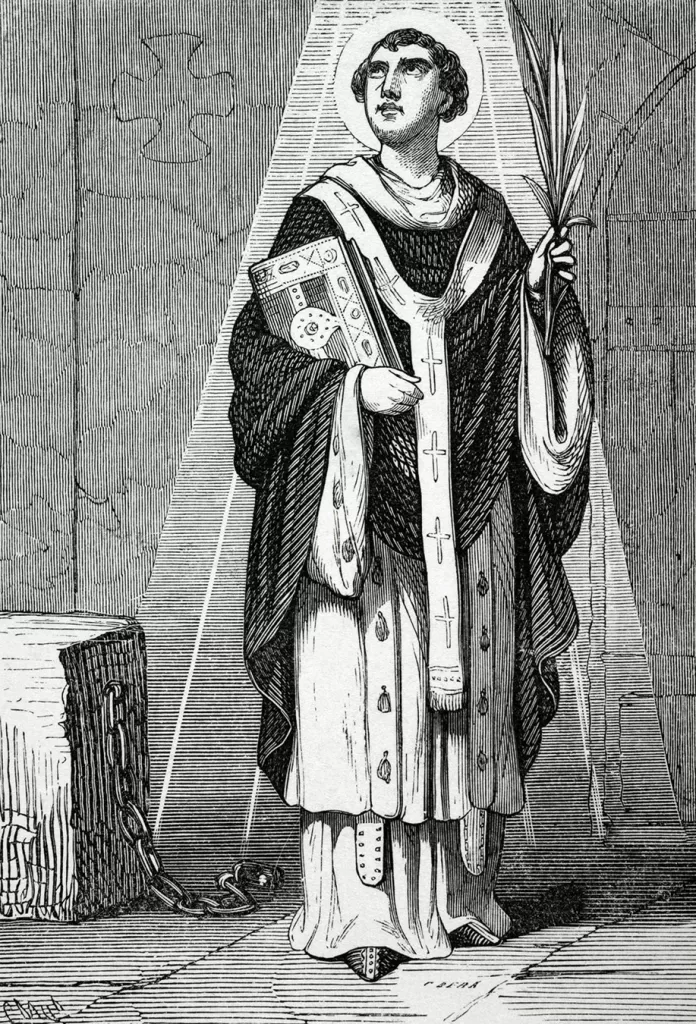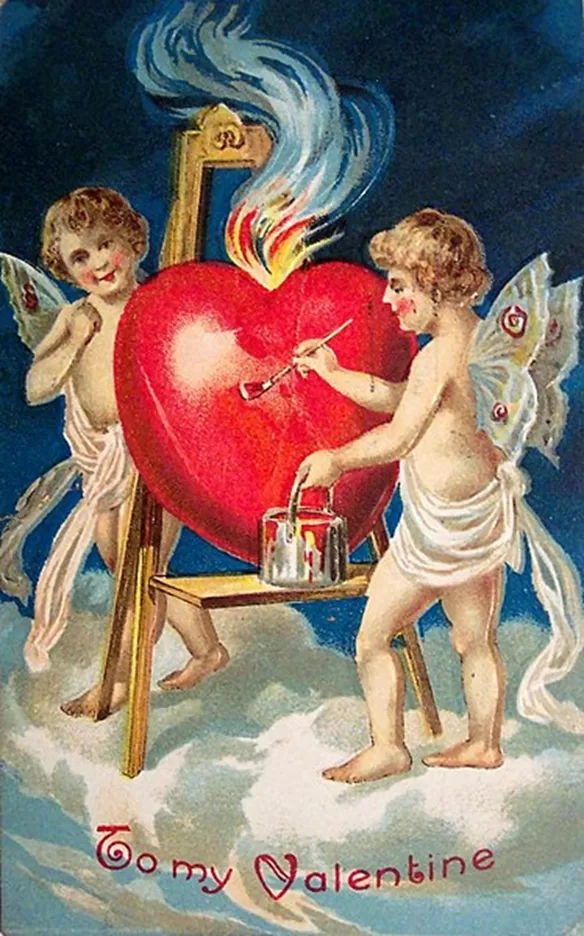Valentine’s Day: Millennia in the Making

Love is in the air. Or maybe it is pollen.
Either way, let us uncover Valentine’s Day’s fascinating history featuring legends and rituals spanning thousands of years.
The Roots of Valentine’s Day: Pagan Origins
Valentine’s Day most likely originated as an ancient Roman festival known as “Lupercalia,” celebrated on February 15. This festival honored Lupercus, the Roman god of fertility and shepherds, whom the Romans believed protected livestock from wolves.
During Lupercalia, the Romans engaged in rituals to ensure fertility and prosperity in the coming year such as animal sacrifices, feasting, and matchmaking. This matchmaking involved the pairing of men and women through a random lottery. Young women would place their names in an urn, and eligible men would draw them out, forming couples for the duration of the festival and in some cases even leading to marriages.
As Christianity spread across the Roman Empire in the fourth century, church leaders sought to replace pagan festivals with Christian observances. Lupercalia, with its associations to fertility and romantic unions, was eventually suppressed by the church. However, its celebration of love would return with the establishment of a new holiday, the feast of Saint Valentine.
They Mystery of Saint Valentine
Saint Valentine, the man after whom the holiday is named, remains an elusive figure. The precise details of his life and death are unclear, and multiple individuals named Valentine were associated with the feast day’s origins. The most widely accepted legend revolves around a Christian priest named Valentine, who lived during the reign of Emperor Claudius II in the third century A.D.

This emperor, who was involved in a series of military campaigns, decided that unmarried men made better soldiers. He believed that because they had fewer ties to home, they would fight more fiercely without the emotional burden of a family. As a result, he banned marriages for young men.
However, Valentine as a Christian priest believed strongly in the sanctity of marriage and secretly continued to perform weddings in defiance of the emperor’s decree. When Claudius discovered Valentine’s actions, he had the priest arrested and sentenced to death.
Supposedly, during his imprisonment Valentine miraculously healed the jailer’s blind daughter, whom he had befriended. Before his execution on February 14, Valentine sent her a note signed “From your Valentine,” a phrase that would later become synonymous with love and affection. While this story is the most popular, some scholars suggest that there were multiple saints named Valentine, all martyred for their Christian faith, and that over time their stories became intertwined.
The Christianization of Valentine’s Day
In the centuries following Valentine’s martyrdom, the church officially recognized February 14 as the feast day of the saint. However, it was not until the Middle Ages that this day became linked with romantic and courtly love thanks to the work of poets and troubadours. In the fourteenth and fifteenth centuries, knights and nobles would exchange love notes and tokens of affection, setting the stage for modern Valentine’s Day traditions.
The Modernization of Valentine’s Day
Valentine’s Day formed into the holiday we know today in the eighteenth and nineteenth centuries. By the Victorian era, the practice of sending Valentine’s cards had become widespread in Britain, as the advent of affordable postage made it easier for people to send handwritten cards to loved ones. This custom spread across the Atlantic to America.

In the early twentieth century, Valentine’s Day became more commercialized. Companies like Hallmark capitalized on the tradition of sending notes by mass-producing ready-made Valentine’s cards, making it easier for people to express their feelings without the need for personalized messages. Other businesses took advantage of the increasing popularity of the holiday, promoting gifts such as flowers, chocolates, and jewelry.
From its beginnings as a pagan festival to its transformation into a Christian holiday and eventually into the global celebration we know today, Valentine’s Day offers a chance for us all to show our appreciation for those we hold dear, from partners and family to friends and even pets. This year, who will be your Valentine?
Discover more history with us on a Cumberland Island Walking Tour or St. Marys Walking Tour!


